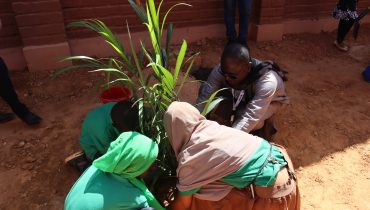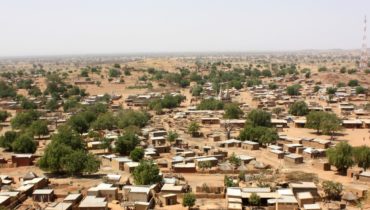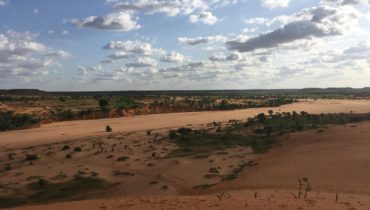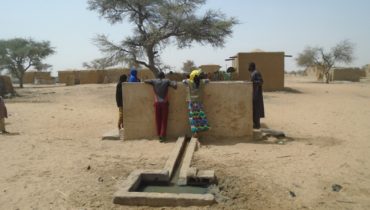Niger: Emergency schooling requires urgent improvements for the provision of quality education
24 October 2018
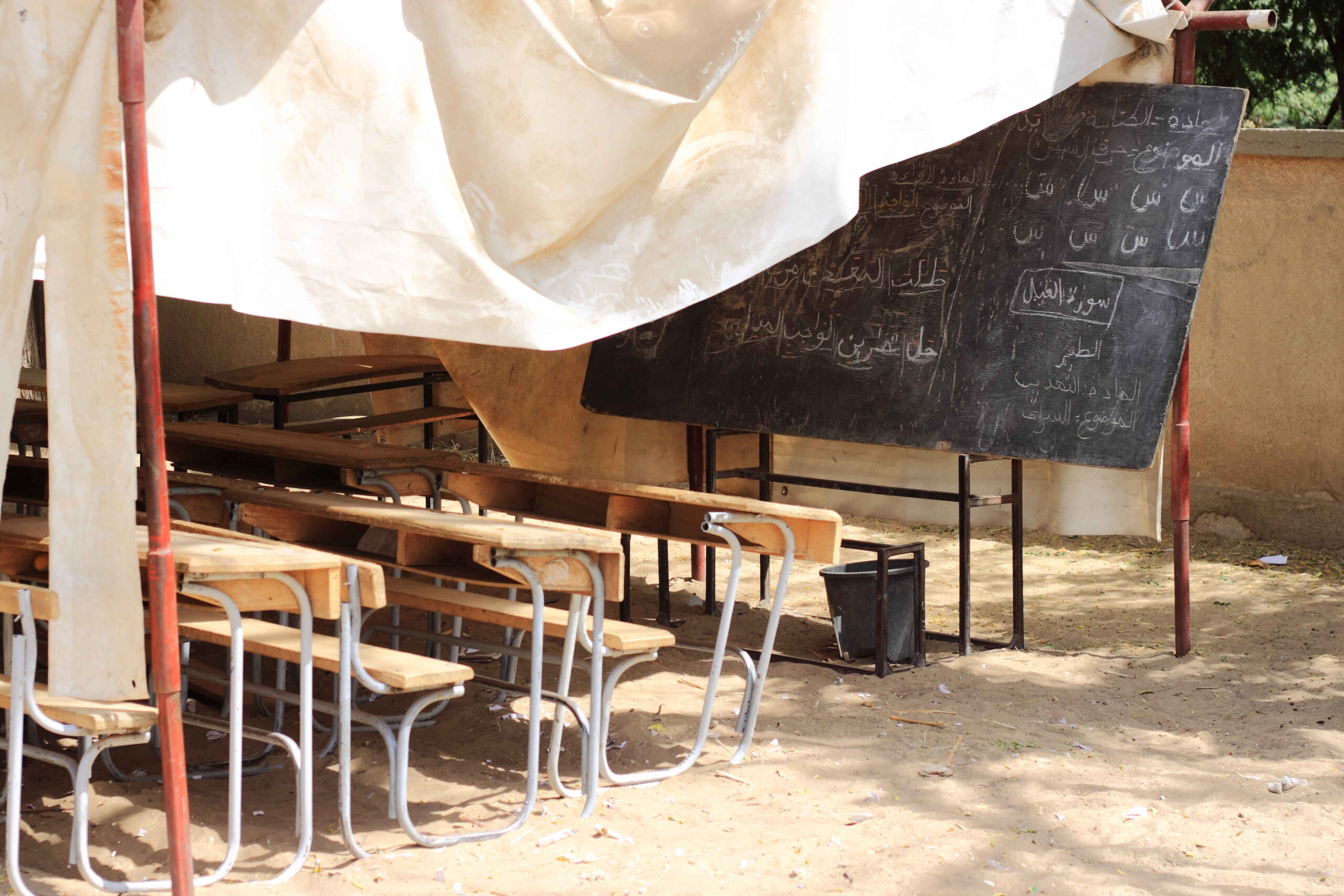
Emergency school in the Diffa region ©REACH/2018
Since 2013, conflict and resulting insecurity have led to massive population displacement in Niger’s south-eastern Diffa region. More than 235,000 were reportedly displaced at the end of 2017, including refugees from Nigeria and internally displaced populations. According to the Direction Régionale de l’Education Primaire (DREP), in 2015, more than 12,000 children had to be withdrawn from schools in the most unstable areas of the Diffa region. In response to this, the DREP, with the support of its partners – UNICEF and the Niger Education Working Group – put in place measures to accommodate for displaced students in safer areas of the Diffa region, by setting up or transforming existing schools into emergency schools. However, little information was available on the condition of these infrastructures and on their capacity to meet existing needs.
To fill this information gap, REACH, in partnership with UNICEF and in collaboration with the DREP, conducted a mapping of emergency schools in the Diffa region. Its objective was to assess the functionality, conditions and accessibility of schools, as well as to monitor changes in the student population and identify urgent needs. In addition to mapping the perimeters of the schools and the basic services available, the principal of each emergency school was interviewed. Data was collected between January and February 2018 in all 191 emergency schools.
Results show that around 150 additional classes are needed to meet existing needs, along with 950 new latrines, 140 water points, 500 hand washing facilities, 6,340 desks and 80 canteens. Teaching staff is equally needed across a majority of communes, for schools where more than 40 students per teacher are reported. Further, an increase was reported in the proportion of displaced children attending emergency schools, from 57% in November 2017 to 62% at the time of data collection. Finally, it was reported that several schools had suffered from security incidents during the six months preceding the assessment, including theft, property damage and armed attacks.
The study enabled the DREP to take immediate action and address some of the needs highlighted, such as the hiring of teaching staff and the creation of additional classes. As the needs of emergency schools tend to rapidly evolve according to displacement dynamics, the main DREP database on emergency schools will need to be regularly updated so that appropriate action can be taken. The evaluation carried out by REACH was hence meant to provide the DREP with a sound methodology on which future rounds of assessment can be based. REACH will also continue to support and strengthen information management capacities within the DREP, to ensure that the agency can take ownership of the methodology used and continue monitoring the needs of emergency schools.
Factsheets showing key results by commune and for the region as a whole are available for the Diffa region, Bosso, Chetimari, Diffa, Gueskerou, Kabalewa, Maïné-Soroa, N’Guigmi and Toumour.
A compilation of maps by commune, providing details on the perimeter and location of each school, as well as a regional map indicating the location and name of all assessed schools, are accessible through the following links for Bosso, Chetimari, Diffa, Gueskerou, Kabalewa, Maïné-Soroa, N’Guigmi, Toumour.


